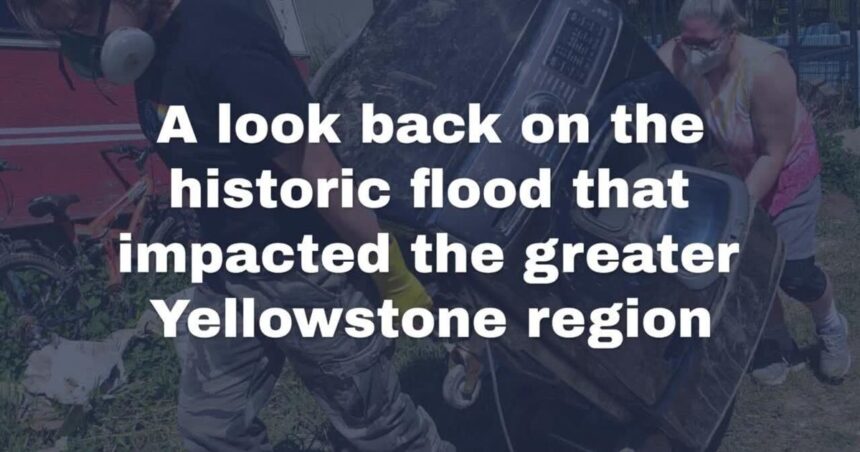Snowpack in the Gallatin Basin is back up to 104% of normal as of June 1 after the county experienced higher than normal levels of precipitation in May.
Water flows quickly down the Gallatin River due to snow melt on Monday, June 10, 2024.
The number is up from 66% last month — among the largest percentage jumps statewide. Most other regions across Montana saw similar increases, excluding the Kootenai, Sun-Teton-Marias, and Upper Missouri basins.
Periods of cool weather delayed snowmelt, which combined with snow accumulation, increased snowpack percentages in most basins, according to a press release from the U.S. Department of Agriculture. The portion of snowmelt that did not occur during May will now occur in the upcoming months, which is good news as it did improve the short-term water supply outlook for most locations, the release stated.
The Upper Yellowstone, Gallatin, Madison, and Flathead basins are now expected to have 80-90% of normal streamflow volume through July, according to the USDA Montana Water Supply Outlook Report from June 1.
People are also reading…
Snowpack levels in Gallatin have hovered between 52 and 76% of normal since December while 100% of the county is abnormally dry and 76.8% is experiencing moderate drought according to current numbers from the U.S. Drought Monitor.
“Below normal snowpack peak levels this season will likely have an impact on streamflow later this summer,” said Eric Larson, water supply specialist with the NRCS Montana Snow Survey.
“From a water supply perspective above normal precipitation during the summer is almost always welcomed, and that is certainly true this year in Montana. Slower than normal melt of the remaining high elevation snowpack would also help sustain closer to normal streamflows later in the summer,” Larson stated in the release.




